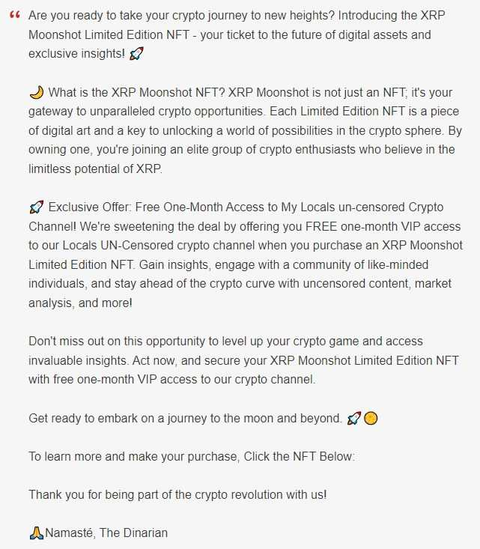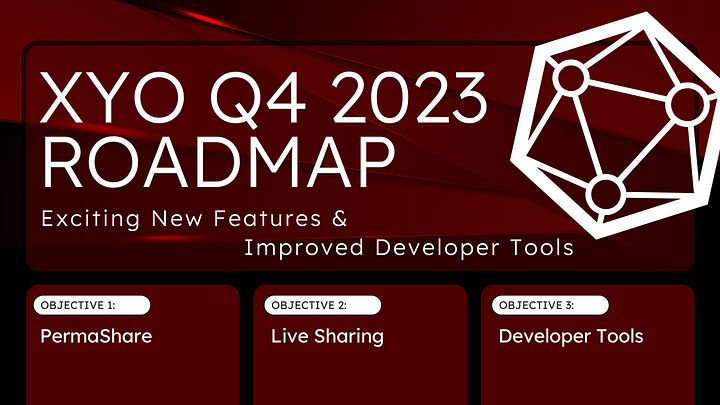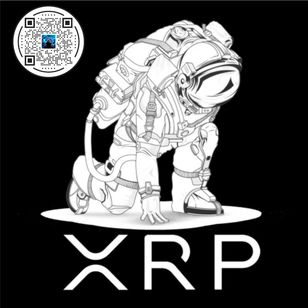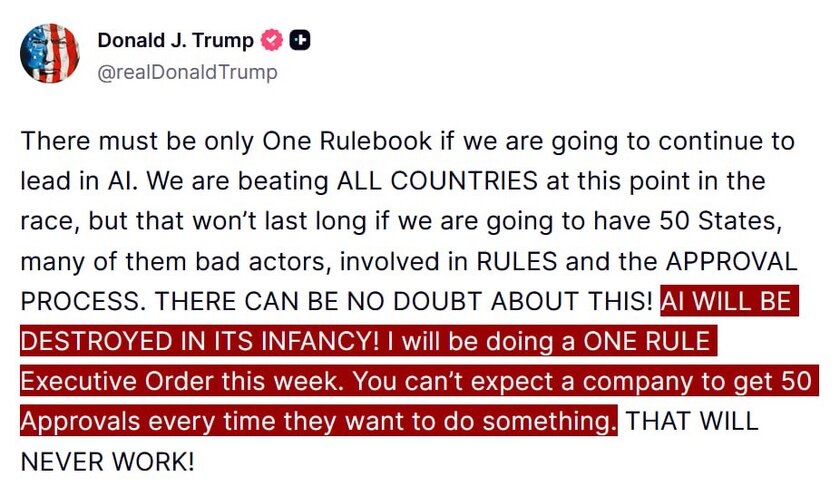🚀 Click HERE To Join Team Dinarian In Geomining The XYO Tokens 🚀
Q4 2023 is going to be big for the XYO team, as we finalize critical developer tools and unveil new concepts and features. We’re excited to share our plans with you and can’t wait to show you how these developments will revolutionize the XYO ecosystem.
Keep in mind, this is only the roadmap updates for Q4–2023. The full 2024 roadmap will also be shared in the next few weeks!
Be sure to check out the updated visual Q4 roadmap on the XYO Website!
But before we venture forth, let’s talk about what’s not on the docket for Q4. As you may have guessed, if you’re familiar with our original 2023 roadmap, some of our most exciting and ambitious plans for 2023 have been bumped to Q1 and Q2 of 2024. This includes our Crypto Cards CCG and the new version of XYO World.
Wait! Hold your groans, we’re not here to disappoint you today.
There’s a simple reason for this. Those new products have got to be good, and we’re not going to release them until we’re confident they are. So we’re dedicating Q4 to improving the foundations upon which these products — and indeed the entire XYO ecosystem — are built. Moreover, many of the features queued for Q4 are key features or requirements for our products in 2024. Not only will we be improving the underlying technology, we’ll also be taking critical steps towards making future products a reality.
Part of this plan includes some really cool stuff we haven’t talked about before. You’re going to like it, we can pretty much guarantee it. But we’ll get to that in a moment — read on.
Our most important goal for wrapping up 2023 is to create a stronger foundation for both XYO World (XYOW) and Crypto Cards CCG, not to mention the wider XYO ecosystem. To achieve this, we’ve decided to move the launch of both of these products to the first half of 2024, and first focus on building core XYO Platform technology required to develop XYO dApps like these including two new XYO features — PermaShare and Live Sharing.
These new concepts are key features for both XYOW and Crypto Cards CCG, and we can’t wait to show you how they’ll enhance the user experience for players like you.
PermaShare is an XYO Tool that allows you to share a permanent snapshot of a webpage. See a funny typo on CNN’s homepage? Want to share the breaking news article in The New York Times? With PermaShare, you can truly create a permanent snapshot of anything you want to share, and it can never be changed or deleted.
This may sound similar to projects like the Internet Archive’s Wayback Machine. But PermaShare is a critical evolution of the concept. For example, the Wayback Machine doesn’t store images, and as a result, a lot of material is lost. PermaShare, on the other hand, provides a true, image-based or cryptographic data snapshot.
In contrast, here’s the earliest Wayback Machine snapshot of Whitehouse.gov, from 1996:
Moreover, PermaShare permanently validates the data saved with blockchain cryptography, providing a source and proving that snapshots taken are unaltered. This is the critical provenance the internet needs in the age of digital misinformation and AI.
PermaShare is a core feature we’ve had planned for XYO World and Crypto Cards all year. In order to share and verify important information from either of those products, we’ll include PermaShare. For example, the outcome of a game of CryptoCards can be verified by anyone with access to the PermaShare snapshot for that battle.
We’ve decided to release PermaShare as not just a mutual feature of XYO World and Crypto Cards, but as a product unto itself, because its vast array of potential uses demand that it be made easily available to both users and developers. It’s a fantastic on-ramp, a great reason to include XYO into a third party project or product, and it will doubtlessly be included in more XYO products in the future.
We’re also building out our feature called Live Sharing. This won’t be a product on its own, but it will be an important feature of XYO products moving forward and will be included in XYO’s public SDKs.
It’s already been debuted in Foreventory, and is now in the process of being refined and expanded.
This is a little different from the sharing features with which you may be familiar. The data shared is dynamic, and will update when anything changes. For example, in Foreventory, if Descartes begins getting more value out of Netflix than Nietzsche in the future, that will be reflected in the results if anyone visits the shared link.
Live Sharing is, simply put, a better way to share mutable data. If you want to share your Crypto Cards score over time, the same share link will always show your most recent statistics. (This synergizes perfectly with PermaShare, which would allow you to share your Live Sharing link at a specific moment in time, proving how much progress you’ve made.)
Together with COIN, Crypto Cards CCG and XYO World will become the second and third pillars of XYO’s new decentralized gaming ecosystem, which will harness a massive, decentralized network of users and devices to both generate and utilize astonishingly powerful aggregate data.
But there’s something else we haven’t told you about yet. Something for which we’re building the foundations. In Q1 2024, we’re introducing the XYO Builder Bounty Program.
Get ready for our first ever opportunity for fans to supercharge the power of XYO, coming in 2024. We’re giving true enthusiasts like you the chance to directly contribute to building XYO and earn exclusive, specialty rewards. Don’t miss out on the electrifying updates in our upcoming 2024 Roadmap. Stay tuned, it’s dropping soon!
In service of these goals, our future goals, as well as the wider adoption of XYO, we’re also hard at work revitalizing our developer tools. These tools have been designed to make it easy for developers to build and integrate XYO technology into their own apps and projects. We believe that improving these tools will help us reach a wider audience of developers and enthusiasts who are excited about the possibilities afforded by XYO technology.
This includes updates to our Explore and Node sites to better reflect the latest developments and improvements in our technology. These tools have become integral parts of the XYO ecosystem, and we recognize the importance of keeping them current and relevant to our users. By updating these web apps, we hope to provide users with an even better experience and make it easier than ever for developers to keep XYO up-to-date in their software projects.
We’ve also previously mentioned that there are major, ongoing changes to the XYO SDKs. These changes will augment the same products that PermaShare and Live Sharing have been built to support. By including these features in our public SDKs, we ensure that XYO is as useful as possible for third party developers, and we enable all XYO products to include our best features quickly and efficiently.
Also being updated is the crucial and oft-discussed XYO protocol — the set of rules and standards upon which XYO operates. Small, specific changes across all of these developer tools include:
- Distributed Indexing
- Unilateral Module Manifest Support
- Node Diagram and Module Reflection
The updates to these tools will allow both internal and external developers to build on XYO more efficiently, faster, and with greater ease than ever before.
Q4 2023 is shaping up to be an exciting time for the XYO team and our users. While we’ve decided not to rush the fun stuff we’d originally planned, we think it’s better to make sure those things are excellent when we do release them next year. And what we’re doing now will not only make those products better, but allow for the incorporation of some of their important features into other software — both internal and third party — that could greatly benefit from them.
From improved developer tools and SDKs, to PermaShare and Live Sharing, we’re building the foundations for fun and exciting new consumer products and pushing the boundaries of what’s possible in the world of web3. We’re excited to continue sharing our progress and developments with you, and can’t wait to see how these new advancements will revolutionize the industry.
And, perhaps most exciting of all, we’re introducing a way for you, the people who love XYO, to help XYO succeed and get rewarded for doing it. We are beyond thrilled to finally get to tell you about the XYO Builder Bounty Program for the very first time and we can hardly wait to tell you more in future updates.
XYO posts every day to X, Facebook, and Instagram. You’ll find our latest updates on your favorite:
Ready to join the XYO community? Jump into Discord, Reddit, or Telegram!
And don’t miss the news from the man, himself, Arie Trouw, CEO of XY Labs! When a really big development hits, he’ll usually be the first to tell the community, so be sure to follow him on X.
Thank you for joining us on this journey. We deeply appreciate those of you who support us, share us with your friends and family, and make up the incredible XYO community!
🚀 Click Here To Join Team Dinarian In Geomining The XYO Tokens 🚀






























